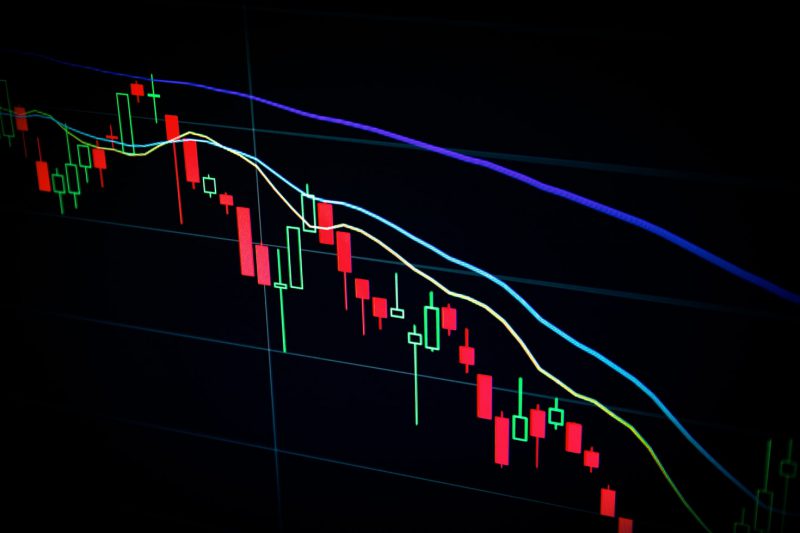The crypto market has taken a significant knock today, as evidenced by the color red. As tensions between Russia and Ukraine rose, Bitcoin plummeted to a low of $34,000. All of the other coins followed suit and saw significant decreases. During a period like this, the hashtag ‘buy the dip’ would begin to circulate. However, this is unlikely to happen because the fad has died down.
What exactly is ‘buy the dip’? It is just the act of adhering to the fundamentals of trading, i.e., buying low and selling high. When markets turn red and mayhem erupts, the crypto community frequently panics. As a result, several crypto influencers have been preaching the whole ‘buy the dip’ narrative to the community. Looks like this was no longer the case as the latest dip did not garner that much attention.
Prominent online analytics firm, Santiment noted that crypto traders across various social media platforms like Telegram, Reddit, and Twitter hadn’t paid heed to the buy the dip prospect.
As seen in the above chart, ‘buy the dip’ mentions were almost non-existent.
This, however, could be a great sign for crypto assets. Elaborating on the same, Santiment said,
“Markets move in the sign of crowd least expectation. When traders are calling for #buyingthedip in masses, the dip usually continues. When they ignore the dip and show trading #FUD, this is a sign of capitulation and when markets historically rise.”
What’s the crypto market looking like right now?
Right after Vladimir Putin decided to use military forces in Ukraine, Bitcoin plummeted by about 9%. The alts didn’t know any better. As Ukraine endures the war imposed by Russia, the crypto market was waging a war against the bears. While the above chart brings about some hope to the market, the recent decline of the assets indicates that it may take a while.
At press time, Bitcoin was trading for $35,212 with a 9.44% drop over the last couple of hours. The market cap of the largest cryptocurrency sunk to a low of $671 billion and so did the global crypto market cap. The numbers were down by nearly 10% and was at $1.58 trillion.





